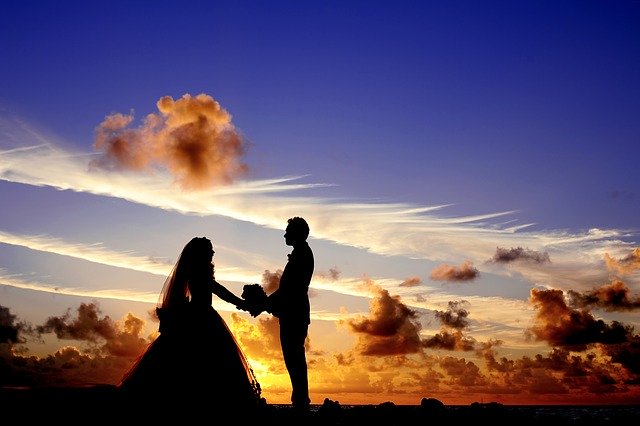
Just like fashion and beauty trends, wedding trends change year in and year out. And with them, some fresh wedding photography practices come along.
If you are planning a wedding in 2020, here is our list of photography trends to watch out for, and incorporate in your own wedding day.
Relaxed and Informal Shoots
As wedding ceremonies and wedding receptions themselves are getting more and more relaxed, much less formal and more casual, the way they are shot mimics this burgeoning trend.
Photographers try to capture honest and real-time emotions and actions instead of focusing on staged and preconceived shots. They also try to use natural light and shade in their images, as well as different lenses for different aspects of the shoot.
Second Shooters
Instead of opting for one photographer, couples often recruit two or more shooters to ensure all of the moments are captured on film. This is especially true for pre-wedding prep, when both the bridal party and the groomsmen have their own photographer in their midst, working to immortalize all the details of their time together before the ceremony.
More than one shooter is also often hired for the reception, which enables couples to both track their own movements throughout the night, and see what their guests were up to on the dance floor.
First Look Shots
First looks have recently become wildly popular, and they are expected to be embraced by even more couples in 2020.
Instead of waiting for their walk down the aisle, brides choose to have a private reveal of their wedding look to their grooms. This not only allows for more emotion, but it also lets the couple have a special moment together alone Ð as opposed to having everyone look at the bride as the groom sees her for the first time. It also takes some of the nerves out of the equation.
Of course, you can also add in first looks for your family and bridal party, where the photographer will capture their genuine reactions and raw emotions for you to look back on for years to come.
Alternative Shots
Instead of just going for the traditional group, ceremony, and reception shots, more and more couples are adding personal touches to their wedding photography.
Some use props and outfits, while others choose to add in a pop-up photo booth to the day, letting their guests be in charge of the images that are taken.
If you are looking to add these kinds of photo opportunities to your wedding, make sure they are in line with both the theme of the reception and what your friends and family would enjoy most. For example, if you are all into fantasy novels and movies, a cosplay photo booth could be an excellent idea.
Documentary Style Videography
Videography has been a wedding trend for years now, but recently, a documentary style of shooting weddings has emerged as a popular practice.
This means that your videographers mimic cameramen in the wild. They remain as unobtrusive and low-key as possible, aiming to let the wedding unfold naturally and at its own pace. All the while, their trained eye hones in on the more tender and heartfelt moments of the day, without drawing much attention to themselves and what they are capturing.
Drone Shots
As drones are becoming more accessible and sophisticated, wedding photographers are starting to incorporate them into their shoots.
They are especially useful for destination weddings and wedding videography, allowing the photographer to capture scenery they would otherwise have no access to. While this may be a more expensive option, and not all venues will allow it, you can capture some very unique images from the air.
Non-Wedding Day Photos
More and more couples also choose to hire photographers to shoot their proposals, wedding rehearsals, and the days after the wedding, thus compiling an entire story.
While these extra shooting days make for more photography work, they are an excellent way to move away from the traditional wedding photography we are all used to.
Whatever style of wedding photography you choose, remember to enjoy your day to the fullest. Do more than just pose for pictures, and don’t worry about how the moments will translate through the lens. Leave that to your trusted photographer, and focus on making mental memories instead of celluloid ones.
